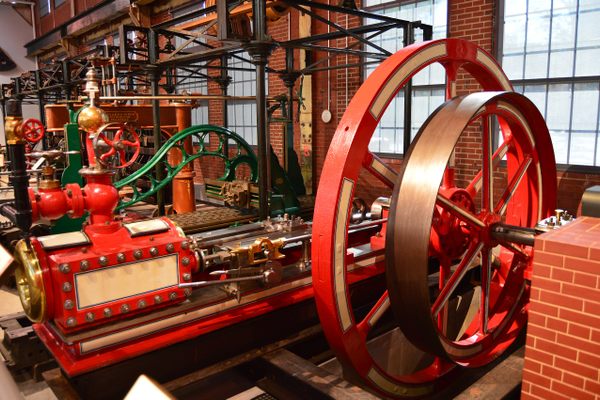About
This early example of a coke fired blast furnace in Moira, England was built in 1806 by the Earl of Moira on the banks of the Ashby Canal. The furnace produced iron for only a very short period, and was closed in 1811. It was fraught with technical difficulties and its last, unsuccessful charge is left, partially smelted, in the bottom of the furnace.
There are good reasons why the furnace closed. It was built at a time of technological improvements and these were not successful, largely because of impurities in the local raw materials.
Also, the very dangerous task of feeding the furnace usually fell to women and children. As they tipped the wheelbarrows of iron, ore, coke, or limestone into the furnace, it was possible for the weight of their loads to pull them into the furnace, sending them to a fiery death. In the early 19th century, such events were accepted as an inevitable consequence of the industry.
Strangely, the blast furnace’s ability to survive today is most likely because of its failures. Had it been a success, successive remodelling would have destroyed its early 19th-century form.
The furnace, with its turbulent past, has become a site of interest for those interested in the paranormal. This has included the attention of two famous British TV ghost hunters, Richard Felix and Phil Whyman. Several organizations now hold nocturnal events there, which are open to the public.
Related Tags
Know Before You Go
Inside the bridgehouse is a small museum operated by the Moira Furnace Museum Trust (which also runs canal boat trips). Also on the same site is a bank of 19th-century lime kilns.
Community Contributors
Added By
Published
July 9, 2018

























